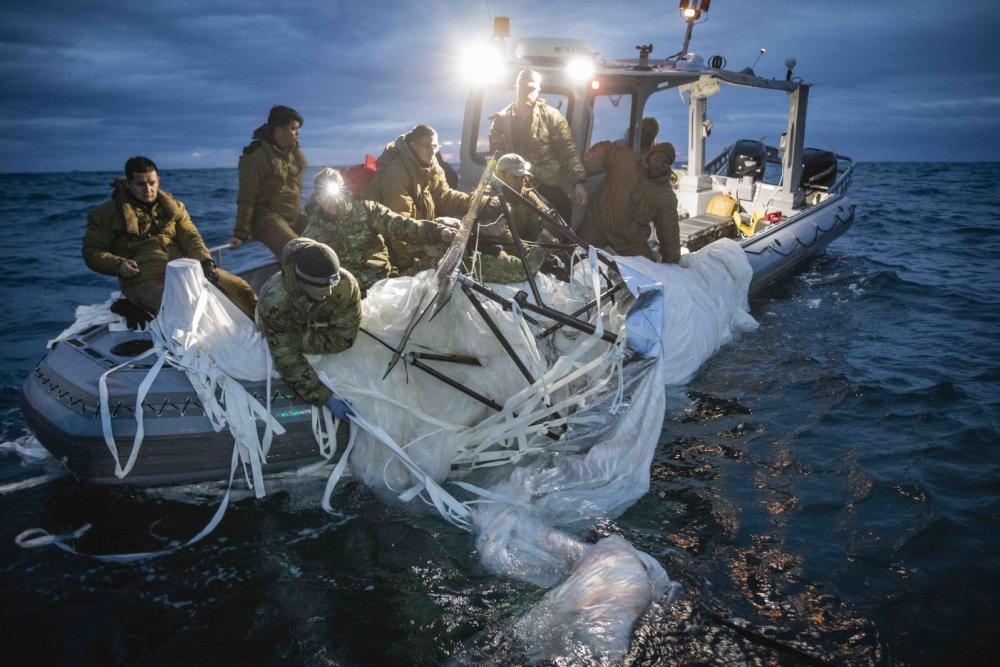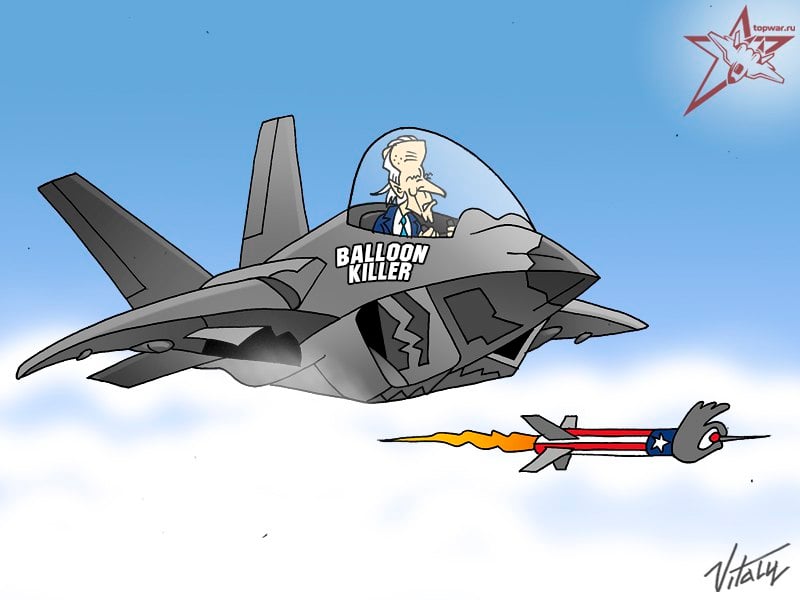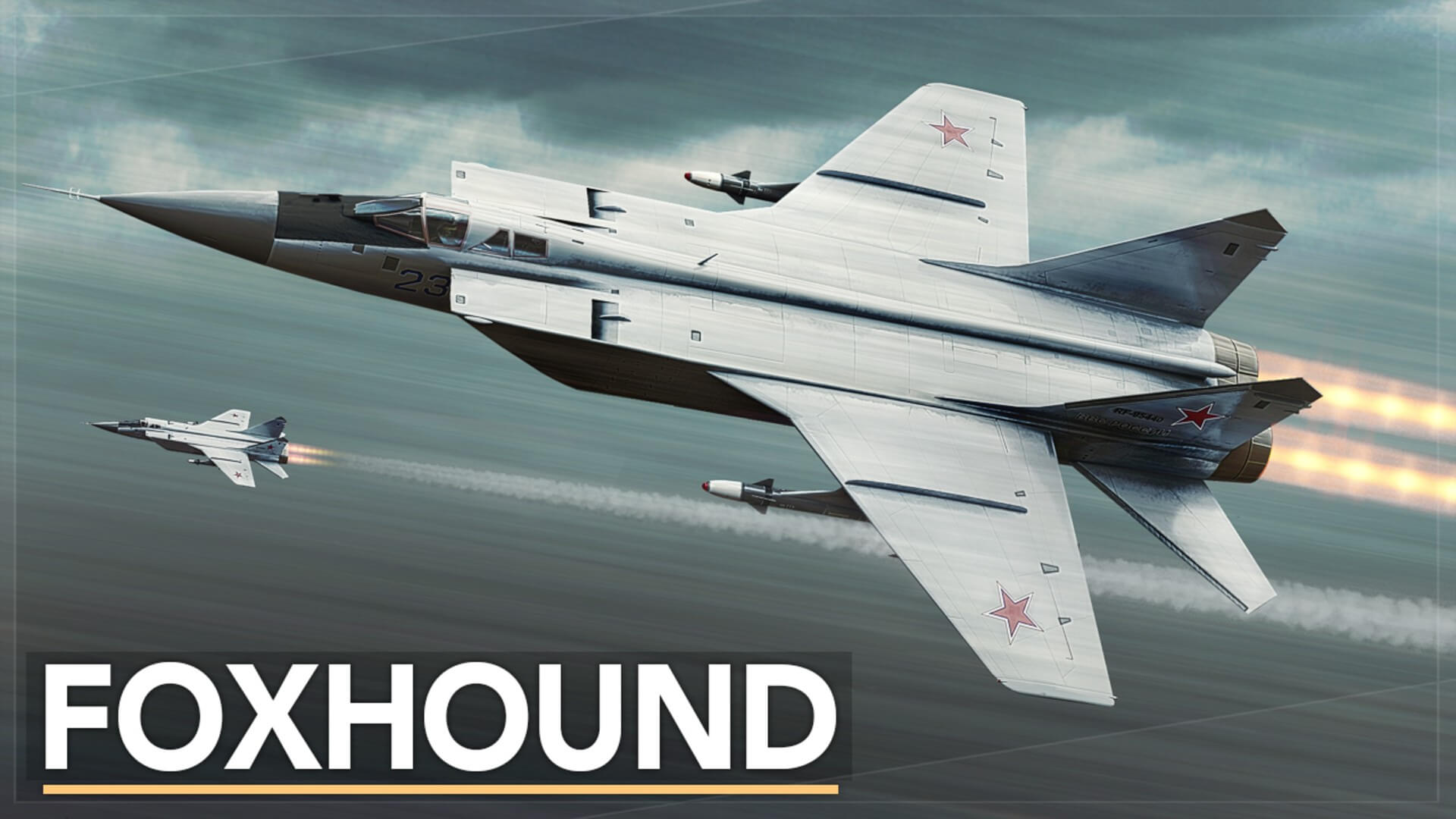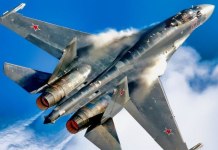Russian military commentators suggest that while it took the United States one whole week to bring down the Chinese surveillance balloon with its advanced and expensive F-22 aircraft, Russia could deal with such a threat more promptly with its MiG-25 ‘Foxbat.’
According to the US Defense Department, the balloon first entered US airspace over the Aleutian Islands on January 28. Two days later, it passed into Canadian airspace before returning to the US over northern Idaho on January 31.
The balloon then moved along a broadly southeasterly track across the contiguous United States before moving out over the Atlantic off South Caroline, where the Raptor finally brought it down on February 4.
The Biden administration has come under the scanner for having waited so long to shoot down the balloon.
“We should have shot this balloon down over the Aleutian Islands. We should never have allowed it to transit the entire continental United States,” said Republican Senator Tom Cotton, a Senate Armed Services Committee member.

President Joe Biden said that he had issued an order on February 1 to take down the balloon after it crossed into Montana, but the Defense Department (DoD) had recommended waiting until it could be done over open water to protect civilians from debris crashing to Earth from nearly twice the altitude of commercial air traffic.
However, Russian military commentators suggest that the US military lacked the means to deal with the balloon immediately and waited until it warmed up in the sun so that the balloon was hot enough for the heat-seeking AIM-9X missile to shoot it down, as there was no other alternative.
Are MiG-31, MiG-25 Jets More Capable Than F-22?
The Chinese balloon is said to have been flying roughly 60,000 and 70,000 feet throughout its voyage across the US and Canada. However, it was shot down at the height of 40,000 feet.
Among the US fighters, the F-22 has the highest service ceiling of little more than 50,000 feet, which means it could not have used its 20mm M61A2 cannon to fire at the balloon flying above it.

The Raptor had no choice but to use the infrared-guided AIM-9X, as the balloon filled with inert gas would not have much of a radar signature for a radar-guided missile.
It is the same reason why even the most surface-to-air missile (SAM) systems could not work against such an airborne threat, as the air defense radars will not necessarily detect a high-altitude balloon flying above them.
Therefore, these high-altitude balloons pose a unique threat to countries without appropriate means to safeguard against them. So, what would the Russians do if such a balloon entered their airspace?
Russian commentators claim they could quickly deal with a high-altitude balloon using their MiG-31, which boasts a service ceiling of at least 67,000 feet.

According to them, the MiG-31 armed with six-barrel 30mm GSh-6-23M internal cannon could unleash an ammunition load of 260 rounds on the balloon within two seconds, which should suffice to deflate it, thereby causing it to descend toward the ground.
The commentators further argue that at altitudes exceeding 60,000 feet, the flight range of the cannon rounds would increase because of less air resistance, thereby allowing the MiG-31 to fire at the balloon from a great distance.
Moreover, the commentators highlight that the MiG-31 is derived from the “undeservedly forgotten MiG-25”, which lacked the cannon and was only equipped with missiles.
Nevertheless, the commentators contend that even the MiG-25 could have dealt with such a high-altitude balloon threat using television-guided missiles (TGMs).
TGMs have a television camera that sends their signal back to the launching aircraft, from where the pilot or the weapons officer can watch the image on a television screen and send corrections to the missile, usually over a radio control link.
TGMs were never widely used; currently, radar- and infrared-guided missiles are doing an excellent job of destroying several airborne threats.
However, according to Russian commentators, the latest Chinese balloon episode could revive the use of TGMs to destroy such high-altitude inflatable threats.
- Contact the author at tanmaykadam700(at)gmail.com
- Follow EurAsian Times on Google News





